My next project
noworries
19 years ago
Related Stories

PAINTING10 Rules for Your Next Painting Project
Take your next painting journey from ‘argh!’ to ‘ta-da!’ with these designer tricks
Full Story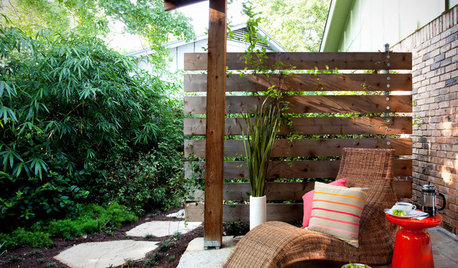
LANDSCAPE DESIGNThe Best Winter Garden Project? Plan for Next Year
Consider these 9 ideas now for a highly personal, truly enjoyable garden come spring
Full Story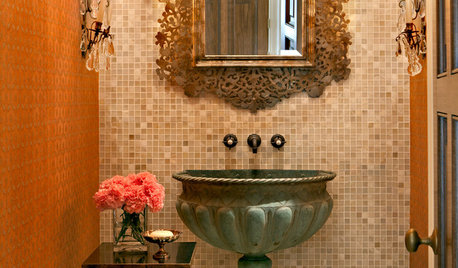
DECORATING GUIDESFor Your Next Sink, Think Unique
Any kind of vessel can do the trick — from buckets to barrels, outsized shells to old-fashioned washers
Full Story
ARCHITECTUREAre Vaulted Ceilings Right for Your Next Home?
See the pros and cons of choosing soaring ceilings for rooms large and small
Full Story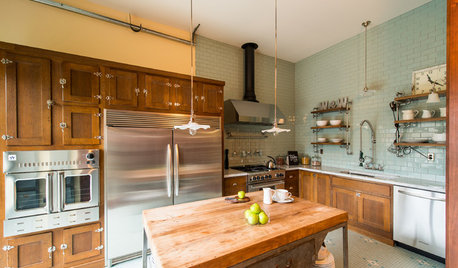
INDUSTRIAL STYLENew This Week: 2 Industrial Kitchens to Inspire Your Next Remodel
Bored with white kitchens? Introduce concrete and steel elements for modern industrial style that doesn’t disappoint
Full Story
LIFERetirement Reinvention: Boomers Plot Their Next Big Move
Choosing a place to settle in for the golden years? You're not alone. Where boomers are going and what it might look like
Full Story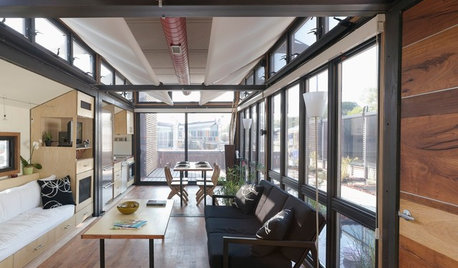
ARCHITECTUREMeet the Next Generation of Incredibly Adaptable Homes
Move a wall or an entire kitchen if you please. These homes scale down and switch it up with ease as needs change
Full Story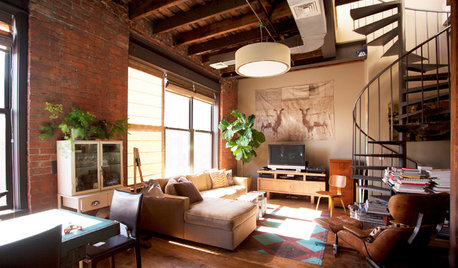
HOW TO PHOTOGRAPH YOUR HOUSECould You Be the Next My Houzz Photographer?
Do you love to photograph interesting homes and write about interior design? We want to talk with you
Full Story
LIVING ROOMS15 Decorating Moves to Take Your Living Room to the Next Level
These tricks with furniture, lighting, color and accessories go a long way toward making a space fashionable and comfortable
Full Story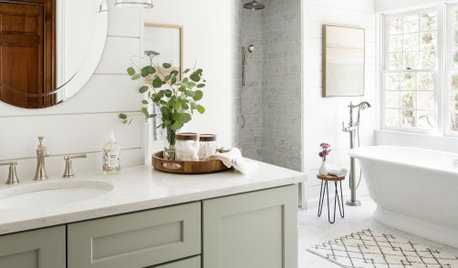
BATHROOM DESIGN14 Design Tips to Know Before Remodeling Your Bathroom
Learn a few tried and true design tricks to prevent headaches during your next bathroom project
Full Story





gooseberry_guy
mla2ofus
Related Professionals
Racine Furniture & Accessories · Carson Furniture & Accessories · East Patchogue Interior Designers & Decorators · Van Wert Interior Designers & Decorators · Berkeley General Contractors · Dardenne Prairie General Contractors · Del Aire General Contractors · Milford Mill General Contractors · Shaker Heights General Contractors · Towson General Contractors · Wyomissing General Contractors · Lincoln Siding & Exteriors · Bozeman Siding & Exteriors · Rockville Siding & Exteriors · Round Rock Siding & ExteriorsROSCOESTAN
noworriesOriginal Author
ROSCOESTAN
arizonian
spambdamn_rich
gooseberry_guy
jabroni